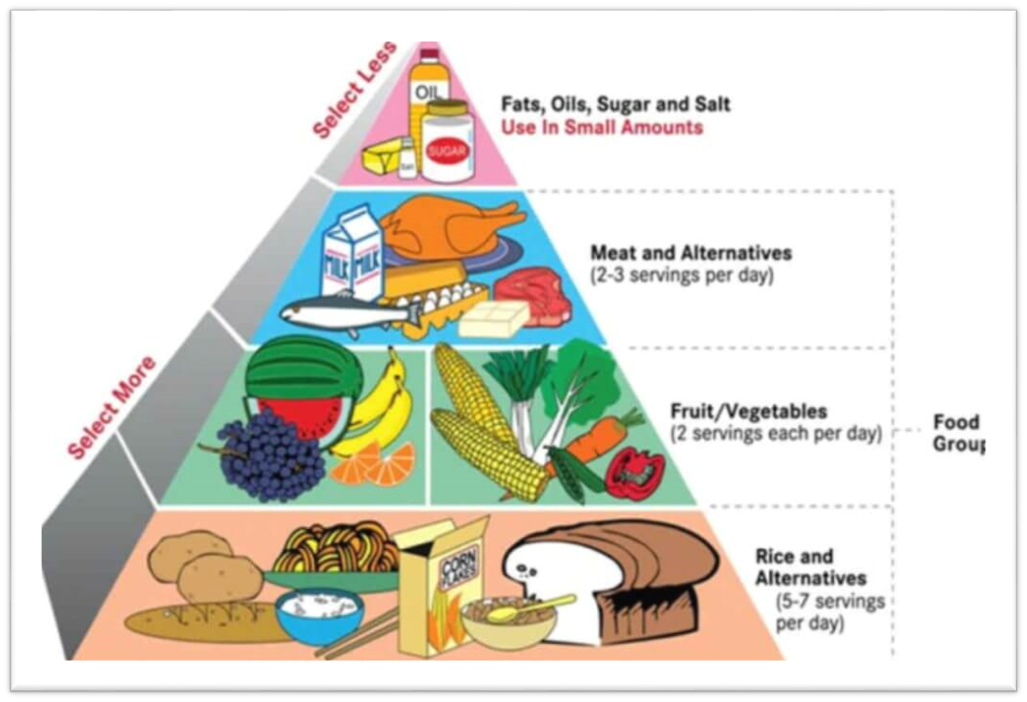Pulse of Information
Stay updated with the latest news and insights.
Eat Your Colors: The Secret to a Balanced Plate
Discover the vibrant secret to a balanced plate! Learn how eating a rainbow of colors can transform your meals and boost your health.
The Nutritional Benefits of Eating a Colorful Diet
Eating a colorful diet is not just visually appealing; it's a crucial aspect of maintaining optimal health. Each color represents a different set of nutrients, vitamins, and antioxidants that our bodies need to function effectively. For instance, red fruits and vegetables, such as tomatoes and strawberries, are rich in lycopene and vitamin C, which promote heart health and boost the immune system. Meanwhile, green foods like spinach and broccoli are packed with iron and calcium, essential for bone health and energy levels. By incorporating a variety of colors into your meals, you can ensure that you receive a broad spectrum of nutrients that support your overall well-being.
Moreover, a colorful diet can enhance your mental health and improve your mood. Brightly colored foods often contain higher levels of antioxidants and phytochemicals that can reduce inflammation in the body, potentially lowering the risk of chronic diseases. For example, yellow and orange foods like carrots and sweet potatoes are high in beta-carotene, which not only improves eyesight but also boosts skin health. A balanced plate with various colors not only nurtures your body physically but also encourages mindfulness and satisfaction while eating, ultimately leading to healthier eating habits.

How to Create a Balanced Plate: Tips for Incorporating All the Colors
Creating a balanced plate is essential for maintaining a healthy diet, and one simple way to ensure you achieve this is by incorporating all the colors of the rainbow into your meals. Each color represents different nutrients that contribute to your overall well-being. Start by filling half your plate with vibrant vegetables and fruits, such as red tomatoes, green spinach, orange carrots, and purple eggplant. To help you visualize this, consider using a color wheel as a guide when shopping for groceries.
Another effective strategy for achieving a balanced plate is to think of it in terms of proportions. Aim for 50% vegetables, 25% whole grains, and 25% lean proteins. While constructing your meal, remember to include a variety of colors. For instance, pair grilled chicken with a mix of steamed broccoli (green), roasted sweet potatoes (orange), and a side salad featuring red bell peppers and purple cabbage. By sticking to this guideline and embracing a colorful palette on your plate, you can enhance your nutritional intake while making your meals more visually appealing.
What Does 'Eating Your Colors' Really Mean?
Eating Your Colors is a popular phrase that emphasizes the importance of incorporating a variety of colorful fruits and vegetables into your diet. Each color represents different nutrients and vitamins that contribute to overall health. For instance, green vegetables like spinach and kale are rich in iron and calcium, while red foods such as tomatoes and strawberries offer antioxidants like lycopene and vitamin C. By consuming a spectrum of colors, you can ensure that your diet is balanced and nutrient-dense.
Moreover, the practice of eating your colors can enhance your meals visually and encourage healthier eating habits. A plate filled with vibrant colors not only looks appealing but also indicates a range of nutrients that can boost energy levels and improve mood. To get started, aim for an array of colors in each meal: dark leafy greens, bright orange carrots, rich purple eggplants, and sunny yellow bell peppers. By exploring diverse food options, you can improve your culinary creativity while nourishing your body effectively.